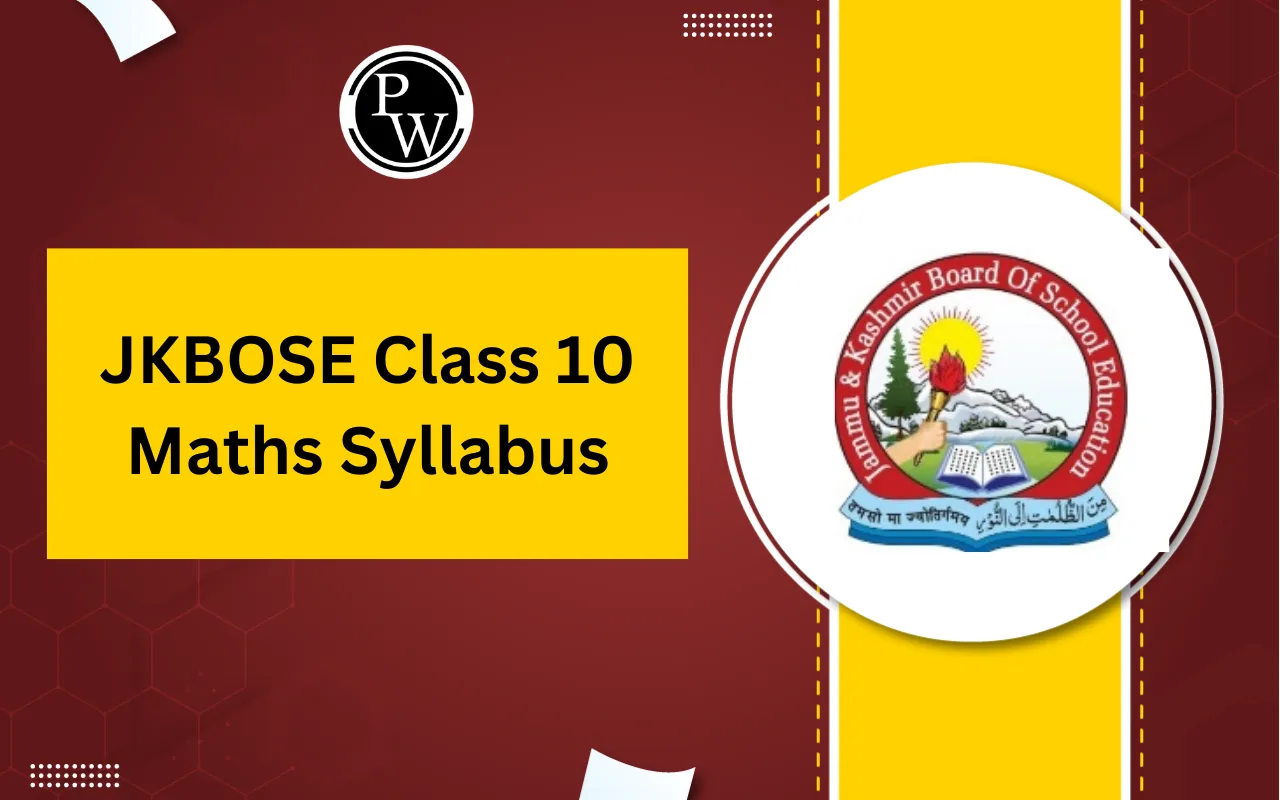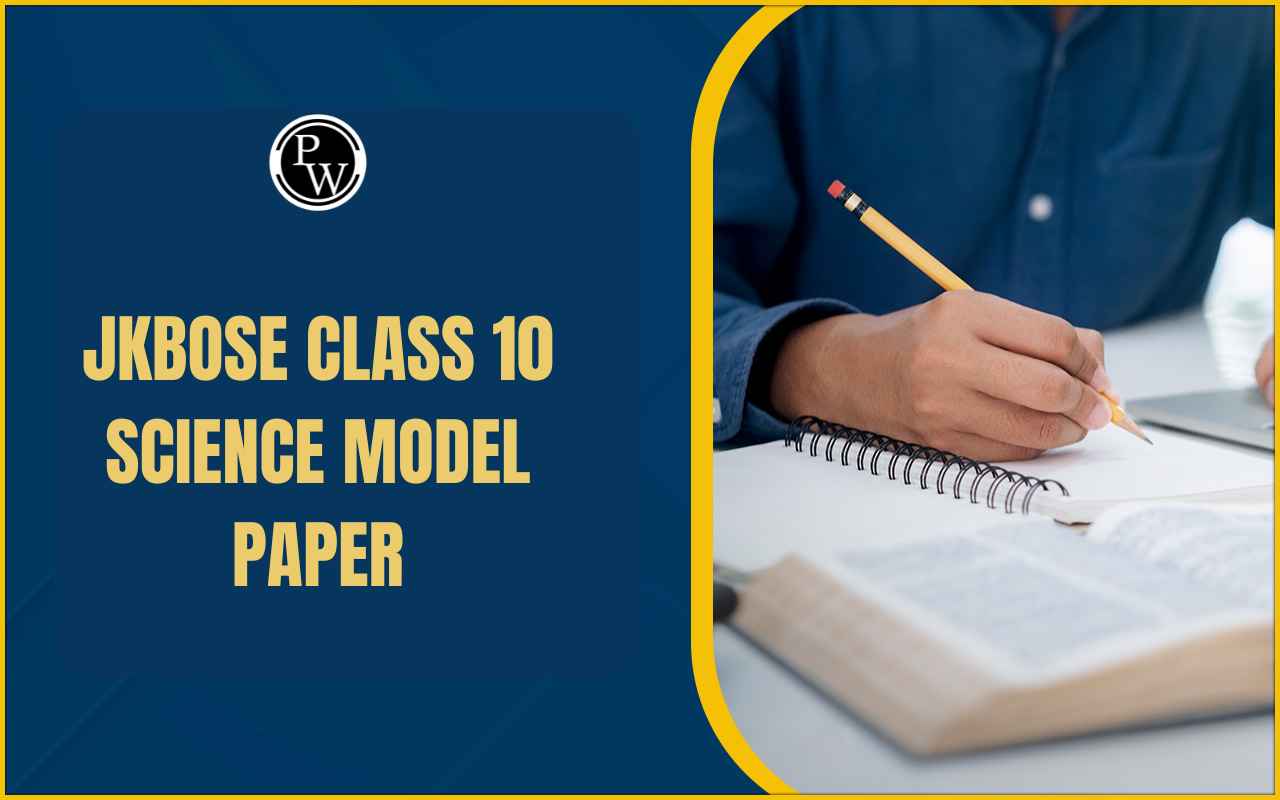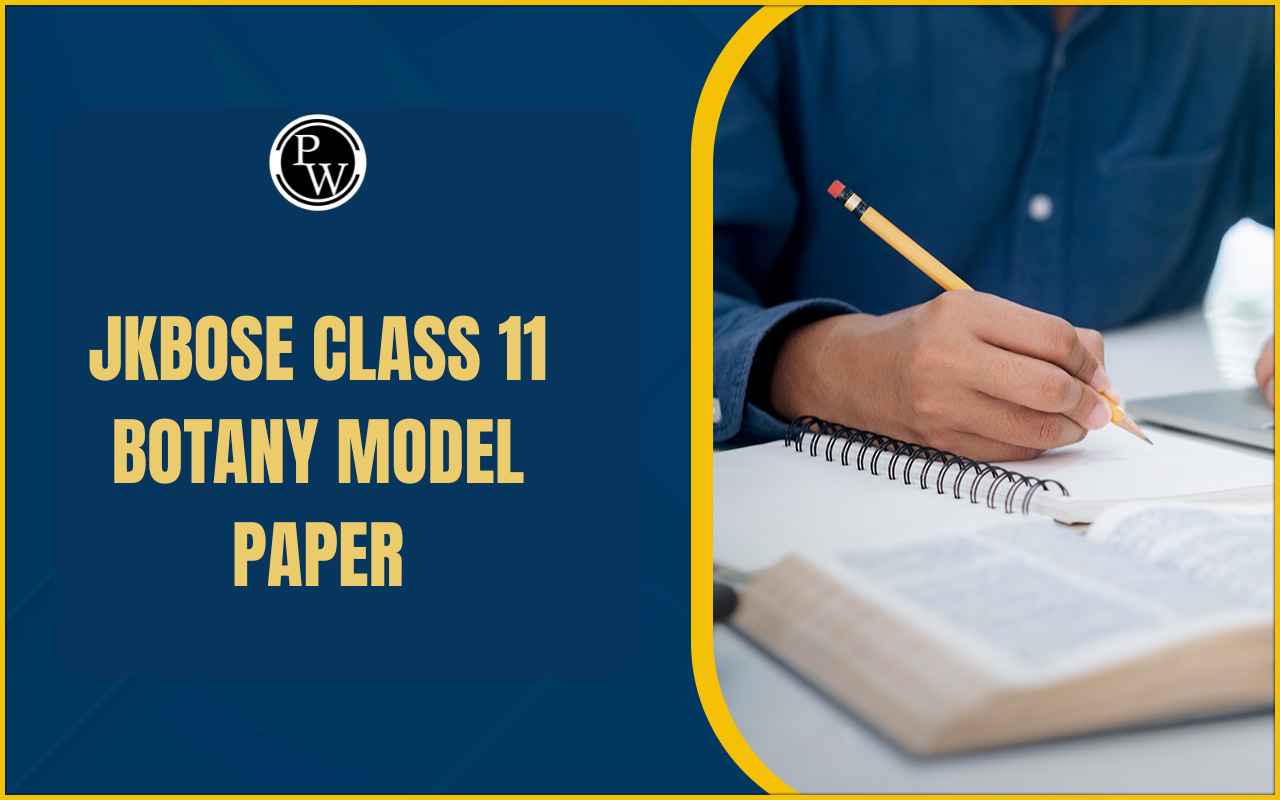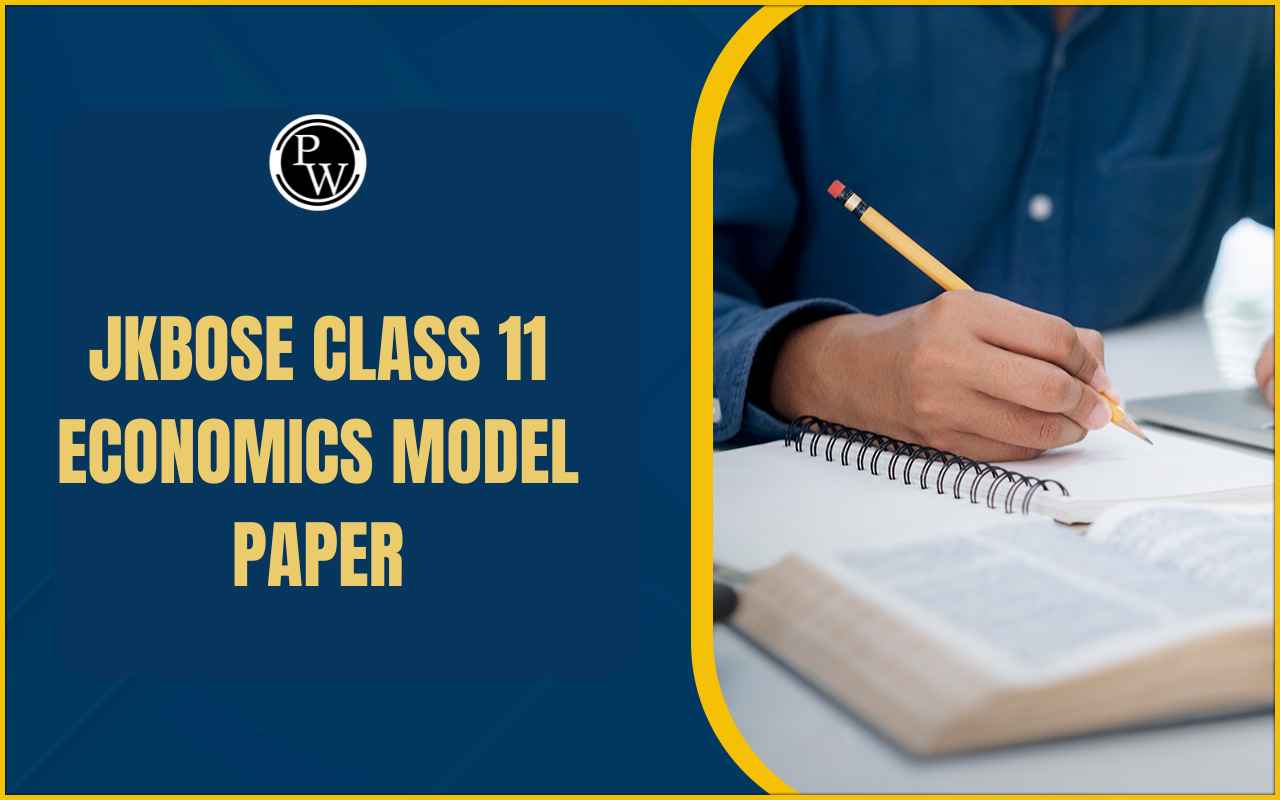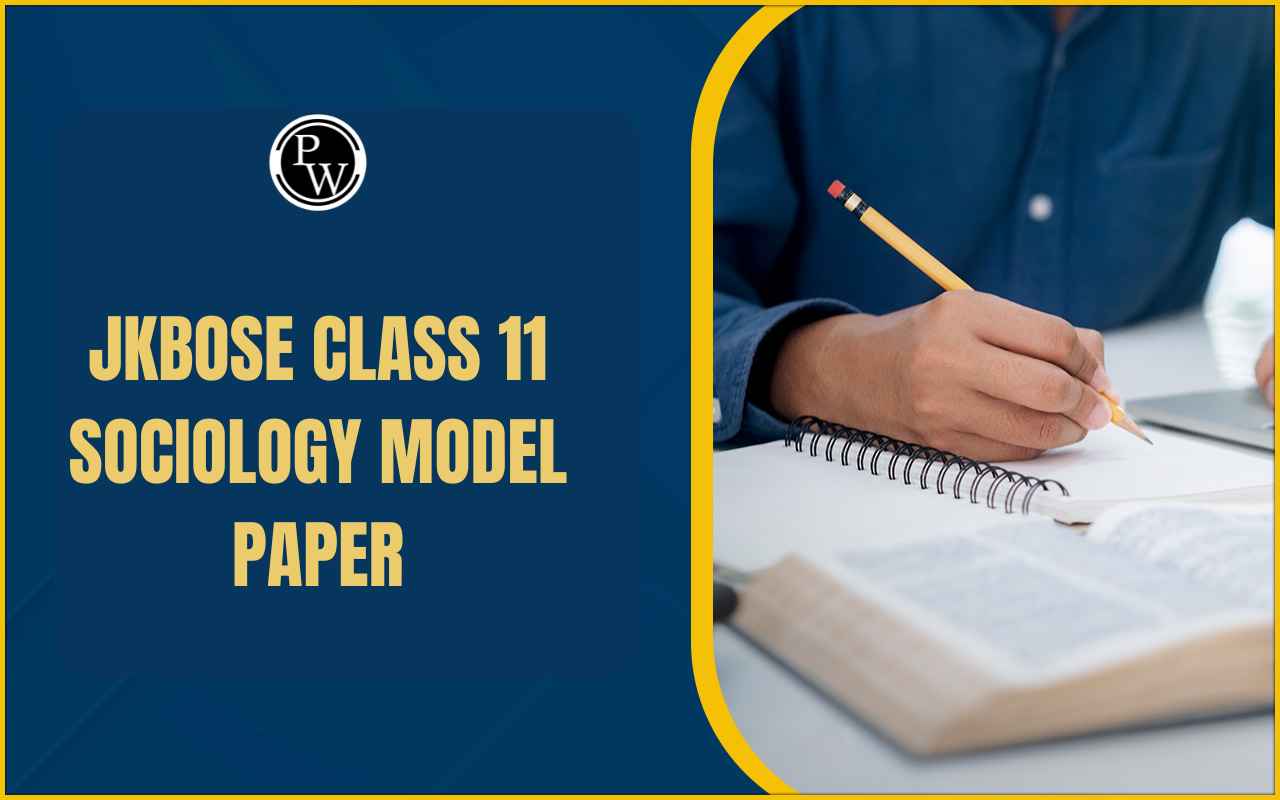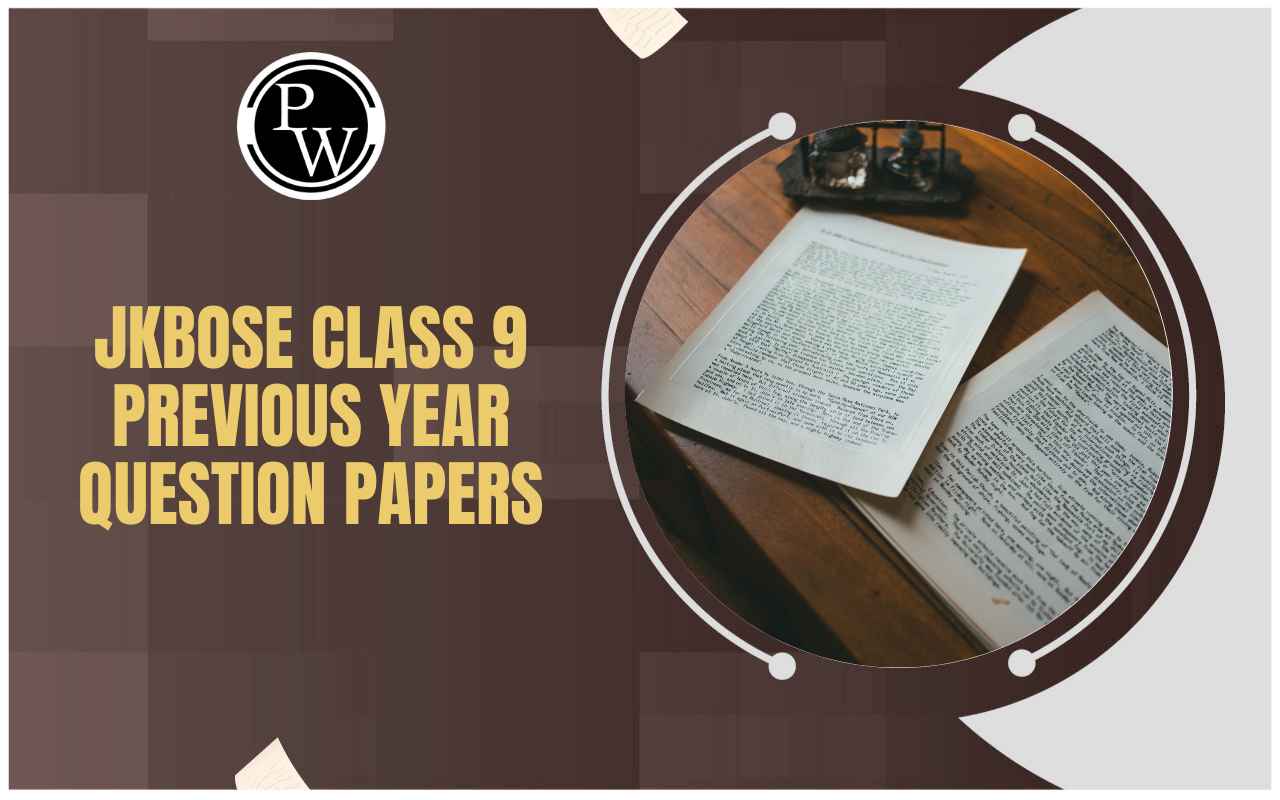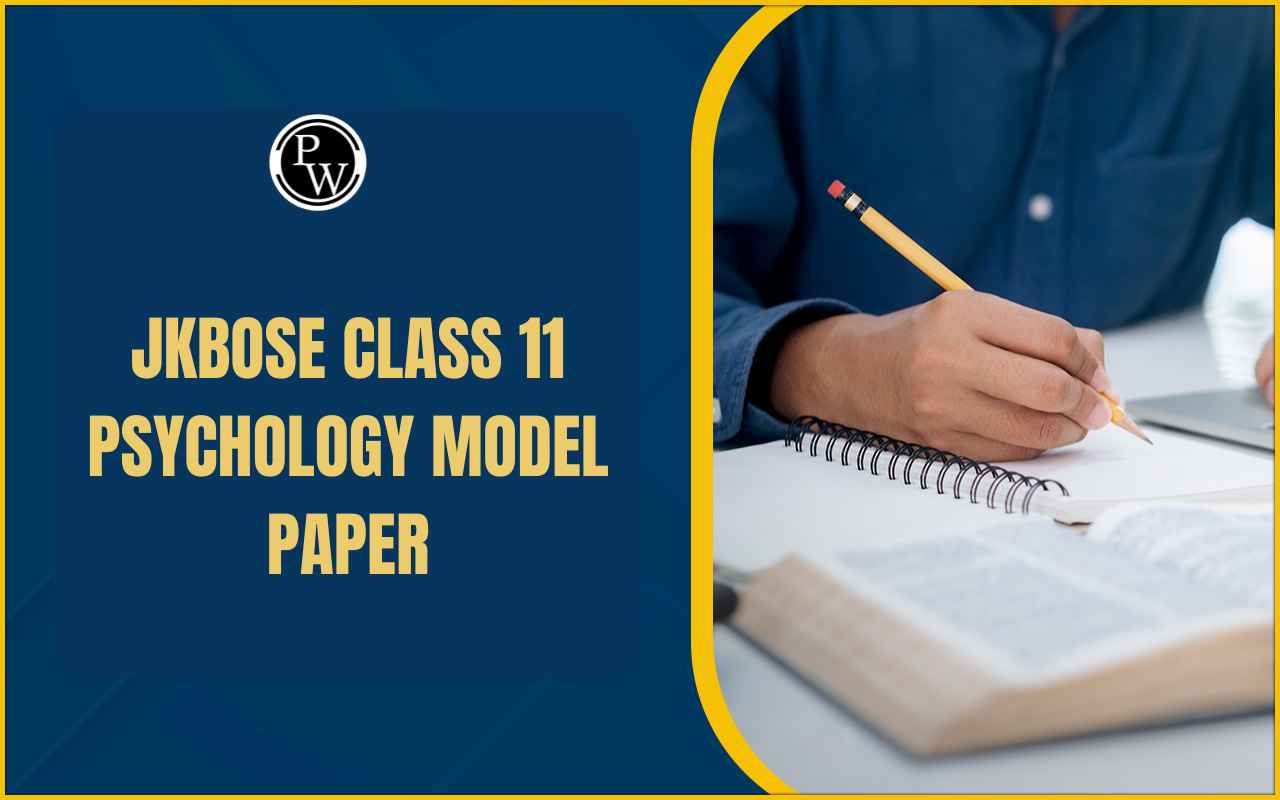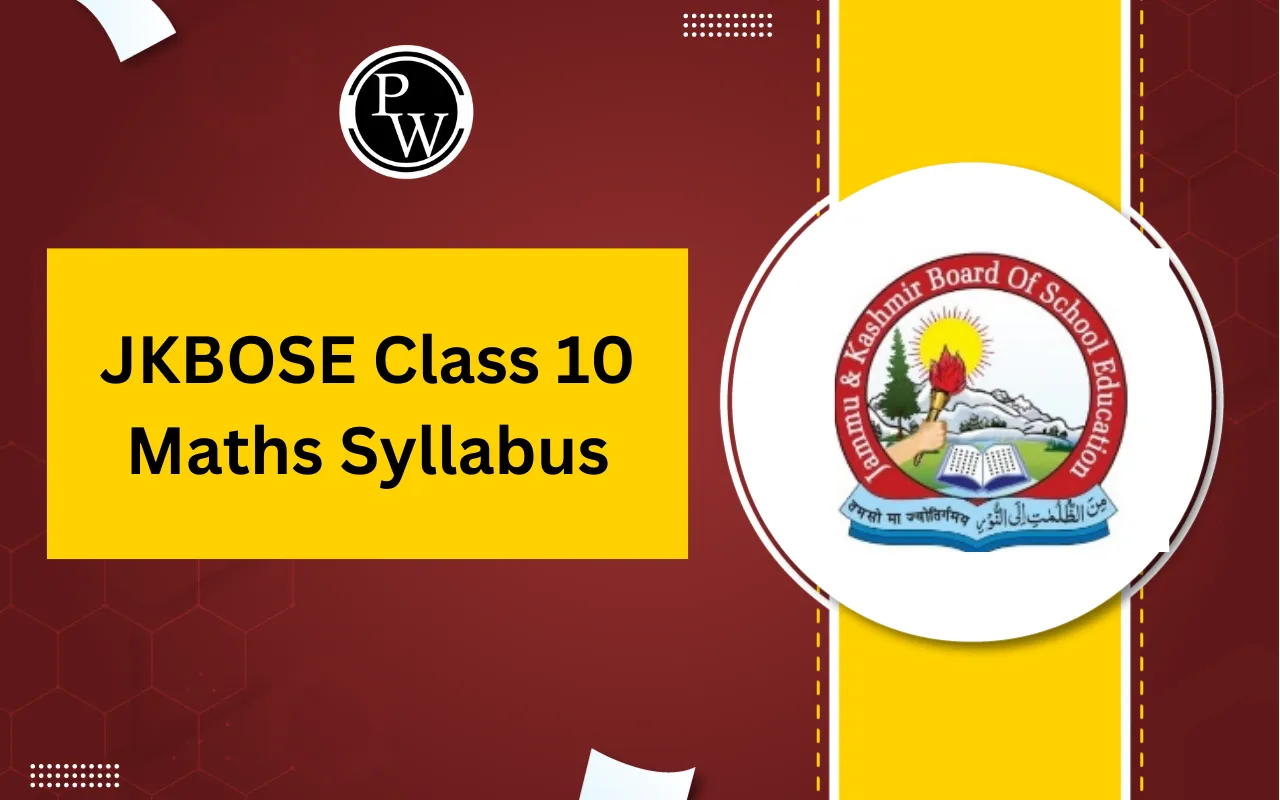
JKBOSE Class 10 Maths Syllabus: The syllabus has been released in the compiled version of all the subjects together. It includes the marking scheme, units and its sub topics, and a detailed analysis of the type of questions that can appear in the exam.
It was released in the month of June, giving enough time to students to prepare for the board exams. The detailed syllabus gives clarity on the types of questions that will be asked in the exam.
It follows a structured approach that helps students plan their study time properly and focus more on the high-weightage topics, ensuring better time management and academic performance throughout the academic year.
JKBOSE Class 10th Supplementary Exam Time Table 2025
JKBOSE Class 10 Maths Syllabus 2025
The JKBOSE Class 10 Maths Syllabus 2025 is divided into seven major units: Trigonometry, Algebra, Coordinate Geometry, Mensuration, Geometry, Number Systems, and Statistics & Probability. Each unit carries some marks, and together they make up a total of 80 marks for the theory paper. This division of marks helps students understand the important units, according to which they can give importance to each topic.
To solve the paper in an organized manner, students must begin with short questions and then go for long questions, focusing on time management. Maths requires not only memorizing the formulas but also understanding its derivation.
|
JKBOSE Class 10 Maths Syllabus 2025 |
|
|
JKBOSE Board |
Details |
|
Conducting Board |
JKBOSE |
|
Class |
10th |
|
Exam Dates |
Hard Zones: April 4 to May 9, 2025 Soft Zones: March 11 to April 4, 2025 |
|
Total Marks |
100 Marks |
|
Time duration |
3 hours |
JKBOSE Class 10 Maths Syllabus 2025 Marking Scheme
The JKBOSE Class 10 Maths Syllabus 2025 Marking Scheme gives a brief idea about the important topics to be covered while preparing for the exams. Units like Algebra, Geometry, and Trigonometry cover nearly half the total paper, hence, demand thorough understanding and regular practice.
Students need to prepare well for both the written exam and the internal assessment as they carry 80 and 20 marks respectively
|
JKBOSE Class 10 Maths Syllabus 2025 Marking Scheme |
|
|
Unit Name |
Marks |
|
Number Systems |
06 |
|
Algebra |
20 |
|
Coordinate Geometry |
06 |
|
Geometry |
15 |
|
Trigonometry |
12 |
|
Mensuration |
10 |
|
Statistics and Probability |
11 |
|
Total |
80 |
It is important to note the type of questions because that will help students understand where to focus their preparation. To cover the entire syllabus thoroughly, students should build a strong foundation in basic formulas, theorems, and procedures.
Mathematics also requires regular practice, especially of application-based questions that require a little more thought and interpretation.
Understanding the typology of questions allows students to plan their revision more effectively by dedicating time according to each type of question based on its weightage in the exam.
Overall, the marking scheme not only highlights the importance of each unit but also encourages a balanced study plan. The Internal Assessment carries 20 marks which are further divided into different categories. Here’s a breakdown of the Internal marks:
|
Internal Assessment (20 Marks) |
|
|
Details |
Marks |
|
Pen Paper Test and Multiple Assessment |
(5+5) 10 Marks |
|
Portfolio |
05 Marks |
|
Lab Practical |
05 Marks |
JKBOSE Class 10 Maths Syllabus 2025 Download PDF
It’s important for students to go through the syllabus carefully to understand the marking scheme and the type of questions to appear in the exam. It will also help in creating a good study plan. To easily access the syllabus, a separate PDF of Maths syllabus 2025 is given below:
Do you need help with your homework or preparing for exams?
Study without using the internet
JKBOSE Class 10 Maths Syllabus 2025 Benefits
-
The official syllabus will help students prepare for the exams with focus as it avoids unimportant topics. It includes core concepts that are practical and relevant for higher studies like Irrational Numbers and Quadratic Equations.
-
It allows students to focus on application-based learning. Chapters like Algebra and Mensuration help them to apply mathematics to daily life, improving understanding and interest.
-
The variety of questions like Remembering & Understanding (54%), Application (24%), and Analysis, Evaluation & Creativity (22%) allows students to not just memorise but also logically think about the concept.
-
The syllabus allows students to practice questions within a limited time to improve their speed and accuracy.
-
It gives importance to internal assessment as well by including lab practicals and portfolio work. This helps students to be more consistent throughout the year rather than completing the entire syllabus before the final exams.
JKBOSE Class 10 Maths Syllabus 2025 FAQs
Which chapter is hardest in JKBOSE Class 10 Maths?
What is the pass marks for Class 10 of JKBOSE?
Is calculator allowed in 10th board exam jkbose?
Which chapter has the highest weightage in JKBOSE maths class 10?
What is the syllabus of JKBOSE Class 10 Maths?

